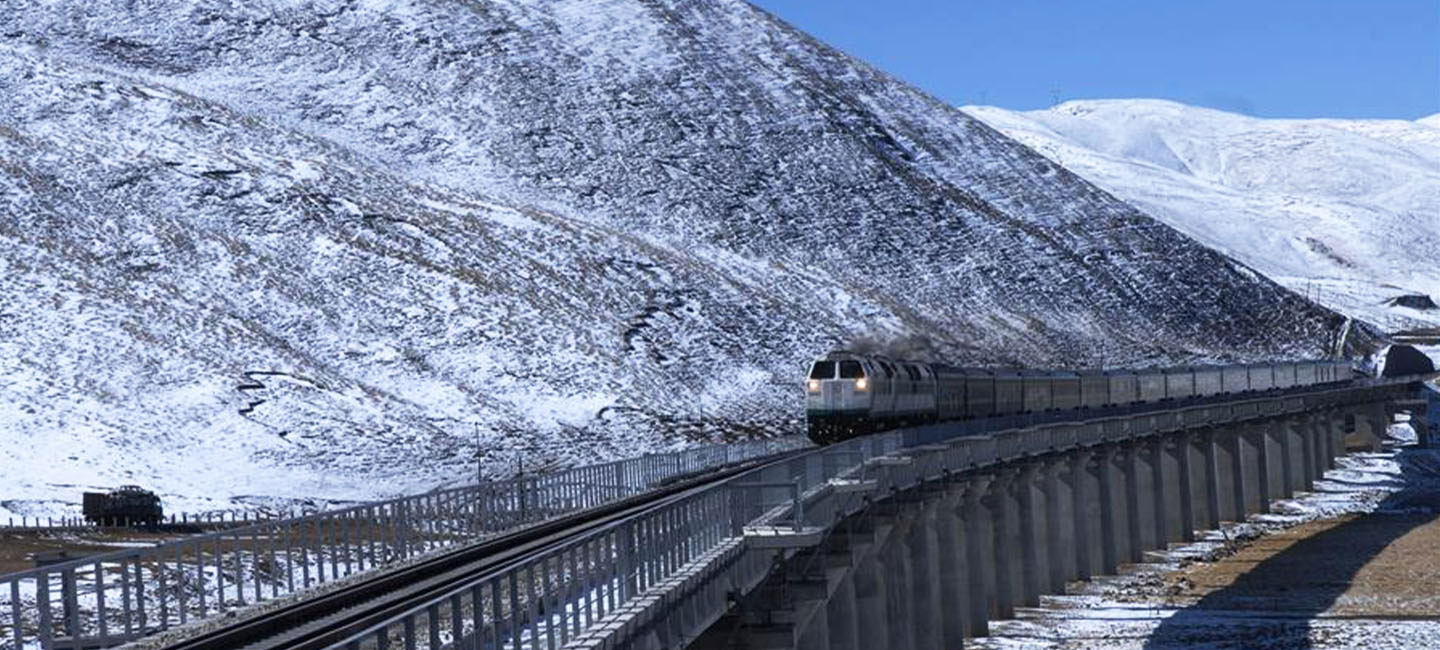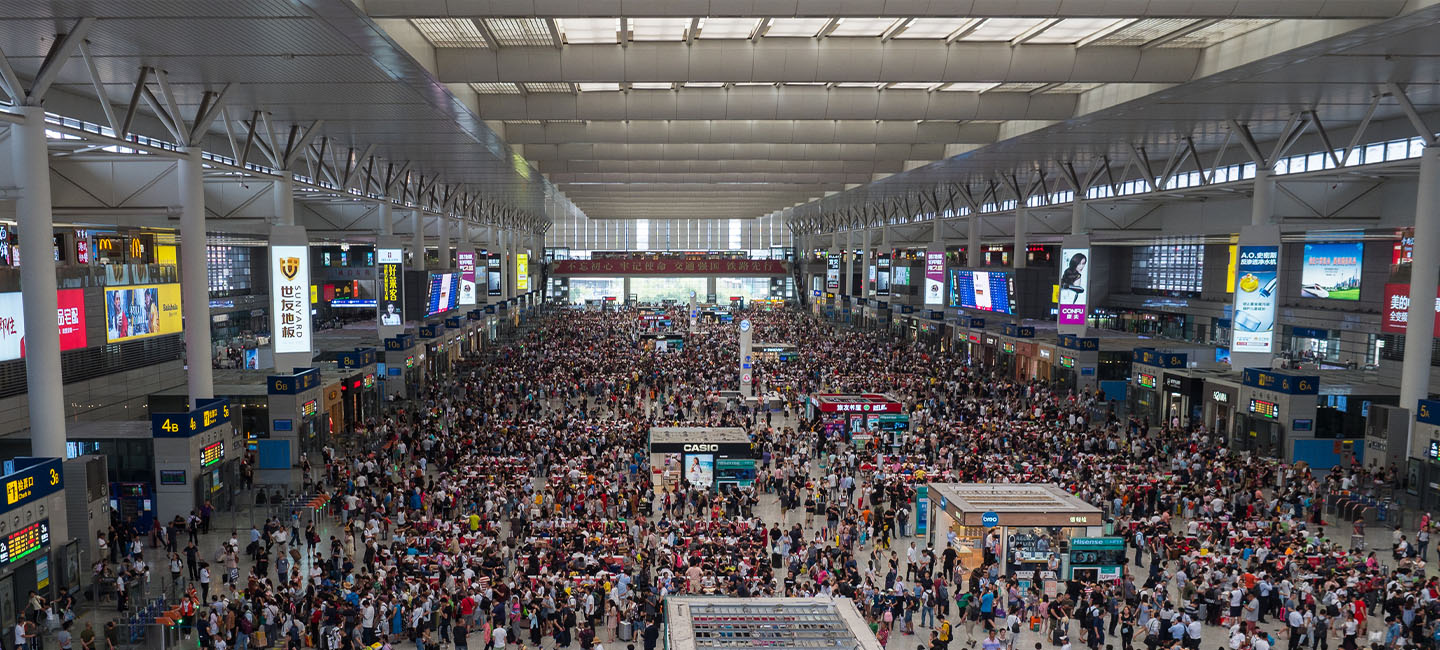Modern engineering feats are central to the development of the US – from the Hoover Dam and Golden Gate Bridge to the Transcontinental Railroad built largely by Chinese immigrants. Similarly, in Tibet, 16,000 feet above sea level, rests the world’s highest railway station – just one stop on the 2,000 mile-long Qinghai-Tibet Railway that crosses plateaus and snakes through mountains. Its construction battled frozen soil, fragile ecology, and limited oxygen. But since opening in 2006, it has brought enormous economic growth through tourism to areas once cut off from the world. This is the story of how an elevated railway elevated China.
SEE MORE EPISODES
Recent Episodes
- Jan 23 , 2020 |Similar to American Independence Day, Chinese New Year is traditionally lit up with loud and colorful fireworks — but this has changed since China’s recent ban on fireworks. While many know China for its invention of gunpowder and fireworks, it's now making a concerted effort to leave them in the past, leading the world in the fight towards sustainability. With the growing awareness of the dangers of fireworks and their harmful chemical emissions, China has set aside its tradition to lead the world towards more environmentally-friendly — and more spectacularly elaborate — light displays, such as lasers and drone shows. With more and more communities around the world following suit, this year, instead of loud and bright ‘pops’ in the sky, you very well may hear drones buzzing and see lasers flashing!
- Jan 23 , 2020 |The largest annual human migration is about to take place — 1 in 6 people in the world will be traveling home for Chinese New Year.
- Jan 14 , 2020 |Jacob Thomas, originally from Sopchoppy, Florida, a town of fewer than 500 people, knows first-hand the disconnect that sometimes exists between Chinese and Americans.




